When it comes to enhancing your sleep and skincare routine, choosing the right pillowcase can make a significant difference. Satin and silk pillowcases are both popular for their smooth texture and luxurious feel, but they are not the same. Understanding the differences between them can help you decide which is best for your needs..
What is Silk?
Silk is a natural protein fiber produced by silkworms, primarily in cocoons. It has been around for thousands of years and originated in ancient China, where silk was first discovered. The most popular variety is mulberry silk, known for its smooth texture and softness, and is the top choice for bedding such as pillowcases and sheets. Silk was once considered a luxury item reserved for royalty, and while silk is more readily available today, pure silk is still a high-end fabric.
Despite its delicate feel, silk is surprisingly strong and durable. It is breathable, cool in the summer, and warm in the winter, making it a great fabric to use all year round. Many people choose silk materials for bedding, such as silk eye masks, silk pillowcases, sheets, and hair bands. Because they are gentle on both skin and hair, they can reduce skin wrinkles and hair frizz due to the lack of friction.
If you also want to have silk products, Souver Silk products are worth your choice. Souver is made with 100% 6A mulberry silk. It is ideal for gifting or adding a luxurious touch to your home.

1.Advantages of Silk
1. Enhances Hair Health
Silk pillowcases are smooth and reduce friction, helping to prevent breakage, frizz, and tangles. Unlike cotton, silk keeps your hair smooth, retaining its natural oils and shine. This is especially important for people with curly, fine, or fragile hair.
2. Keeps Skin Moisturized
Silk helps your skin stay hydrated throughout the night. Cotton pillowcases tend to absorb skincare and natural oils from your skin, but silk creates a gentle barrier that helps keep your face moisturized. This is ideal for people with dry or sensitive skin, as it promotes a healthier complexion and reduces irritation.
3. Regulates Body Temperature
Silk naturally regulates body temperature, making it a great choice for hot sleepers. Its breathable and moisture-wicking properties keep you cool and comfortable, especially in the warmer months. This cooling effect is one of the main reasons many people choose silk over other fabrics.
4. Hypoallergenic and Clean
Silk pillowcases are hypoallergenic and resistant to dust mites, mold, and allergens. This makes them a top choice for people with allergies or sensitive skin. A cleaner sleeping surface can reduce allergic reactions and create an overall healthier environment.
5. Improve Sleep
Silk pillowcases offer a soft, smooth feel that adds a touch of luxury to your sleeping habits. Silk's natural sheen adds elegance, and its softness creates a soothing sleep experience that makes your bed feel like a high-end retreat.
Souver silk pillowcase provide unmatched comfort and support, promoting better sleep while being gentle on your skin and hair. Experience the luxury for yourself—click the link to explore our collection!
2. Disadvantages of Silk
While silk is a luxurious and elegant fabric, it also has some disadvantages to consider.
1. High Cost
Silk is one of the most expensive fabrics due to the complex production process. Raising silkworms and maintaining mulberry fields requires a lot of labor. Although technology has improved, silk production still relies heavily on manual labor, making it a costly material.
2. Difficult to Maintain
Silk is fragile and requires special care. It shrinks when washed and is easily damaged by water or heat when ironed. Dry cleaning is usually the best option, but it increases the maintenance cost of silk products.
3. Sensitive to heat and humidity
Silk is sensitive to both heat and humidity. Exposure to high temperatures can cause the fibers to weaken, and too much moisture can cause damage. Over time, this causes the fabric to age faster, especially in the sun.
4. Environmental Impact
The process of producing silk produces a lot of wastewater, which harms the environment. These wastewaters are rich in organic matter, which can pollute water bodies and affect ecosystems.
5. Prone to Water Stains
Silk fabrics absorb water easily, but are also prone to water stains that are difficult to remove. Even a small splash of water can leave noticeable marks, making silk difficult to care for.
You can also read related articles here: How often should you wash your silk pillowcase?

What is Satin?
Satin is a woven fabric. It is known for its smooth, shiny surface and luxurious feel. Traditionally, satin was made with silk, but today it is often made with synthetic fibers such as polyester, nylon, or rayon.
The way satin is woven creates its signature lustrous effect. By arranging multiple threads in one direction over one thread in another, the fabric drapes smoothly and elegantly. This technique gives satin its unique sheen and softness.
Many people confuse satin with silk, but they are not the same. Satin can be made from a variety of materials, while silk is a natural fiber. You can even find satin blends made from both synthetic and natural fibers, making it versatile for both fashion and bedding.
In some cases, people also mistake satin for cotton sateen, which is a similar woven fabric but uses cotton threads. While satin looks and feels like silk, it is often more affordable due to the use of synthetic fibers.
1. Advantages of Sateen Pillowcases
1. Breathability
Sateen pillowcases allow air to flow, preventing heat buildup. This helps regulate your body temperature while you sleep, keeping you cool and comfortable throughout the night.
2. Gentle on Hair and Skin
The smooth surface of sateen reduces friction, helping to prevent hair breakage and frizz. It also minimizes the chance of sleep lines or wrinkles forming on your face, making it gentle on your skin.
3. Durability
Sateen pillowcases are built to last. They withstand daily use and frequent washing, while still maintaining their softness and quality. This makes them a reliable choice for long-term use.
4. Easy to Care For
Sateen pillowcases are low-maintenance. They are machine washable and can be tumble dried, which makes them convenient to clean and care for.
2.Disadvantages of Satin Pillowcases
While satin pillowcases offer a luxurious feel, they also come with some drawbacks that may affect your skin and overall comfort.
1. Poor Breathability
Satin, especially when made from synthetic fibers like polyester, doesn’t allow the skin to breathe. This can lead to heat and moisture being trapped, which may irritate the skin and cause discomfort during the night.
2. Can Promote Acne
The lack of breathability in satin can cause sweating, which increases oil production on the skin. This can clog pores and lead to breakouts, making satin a poor choice for those with acne-prone skin.
3. Rougher on Skin
Unlike silk, satin is not smooth on both sides. The rougher surface of satin can create more friction, potentially causing irritation or contributing to wrinkles over time.
4. Less Comfortable in Heat
Satin pillowcases may feel cool at first, but they can become uncomfortable on hot nights. The synthetic fibers tend to trap heat, which can make some people sweat more, leading to less restful sleep.
Satin pillowcases may offer an affordable alternative to silk, but they fall short when it comes to breathability and skin care. For people with sensitive skin or those who prefer a cooler sleep environment, satin may not be the best option.

Satin Pillowcase vs Silk: What is Different?
When comparing satin pillowcases and silk pillowcases, there are a few key differences, especially in terms of material, feel, and care. Here's how to break it down:
Material
Silk is a natural fiber, produced by silkworms, and is known for its luxurious feel and natural benefits. Satin, on the other hand, refers to the weave, not the material itself. Satin pillowcases are usually made from synthetic fabrics like polyester or nylon, giving them a silky appearance without being actual silk.
Feel and Comfort
Both satin and silk are smooth, but silk has a more natural softness and breathability, making it ideal for keeping cool at night. Satin, while smooth, might not offer the same level of breathability, which could make it feel warmer during sleep.
Care and Durability
Silk pillowcases tend to require more delicate care – they often need to be hand-washed or cleaned on a gentle cycle. Satin pillowcases, being made from synthetic fibers, are usually easier to care for and can handle machine washing without much fuss.
Cost
Silk is typically more expensive due to its natural production process and premium quality. Satin, made from synthetic fibers, is more affordable while still offering a similar smooth surface that's gentle on hair and skin.
Summarize
Silk is suitable for those who want to improve the health of their hair and skin, especially those with curly hair or sensitive skin. It also helps regulate temperature, making it a good choice for those with allergies, but it is more expensive and requires more delicate care.
While offering similar aesthetic benefits, sateen is more affordable and easier to maintain, making it a good choice for budget-conscious buyers who still want a luxurious look and feel. Ultimately, the choice comes down to personal preference and priorities.
Souverhome offers a variety of silk products, including pillowcases, sheets, and sleep masks, all crafted from high-quality mulberry silk. These products not only enhance your sleep experience but also help maintain skin moisture and reduce hair frizz. Discover the benefits of luxury silk—click the link to explore our full range!

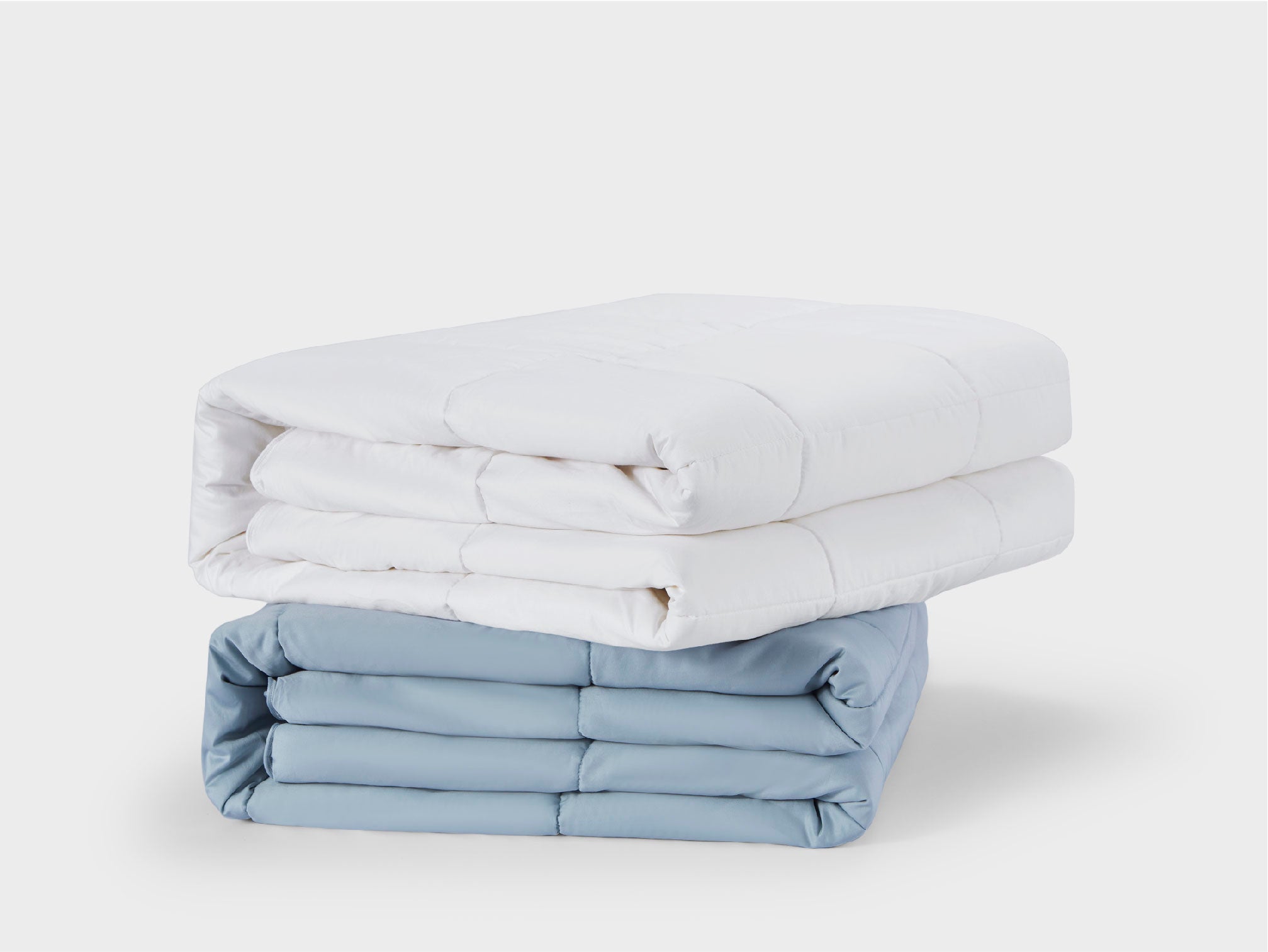
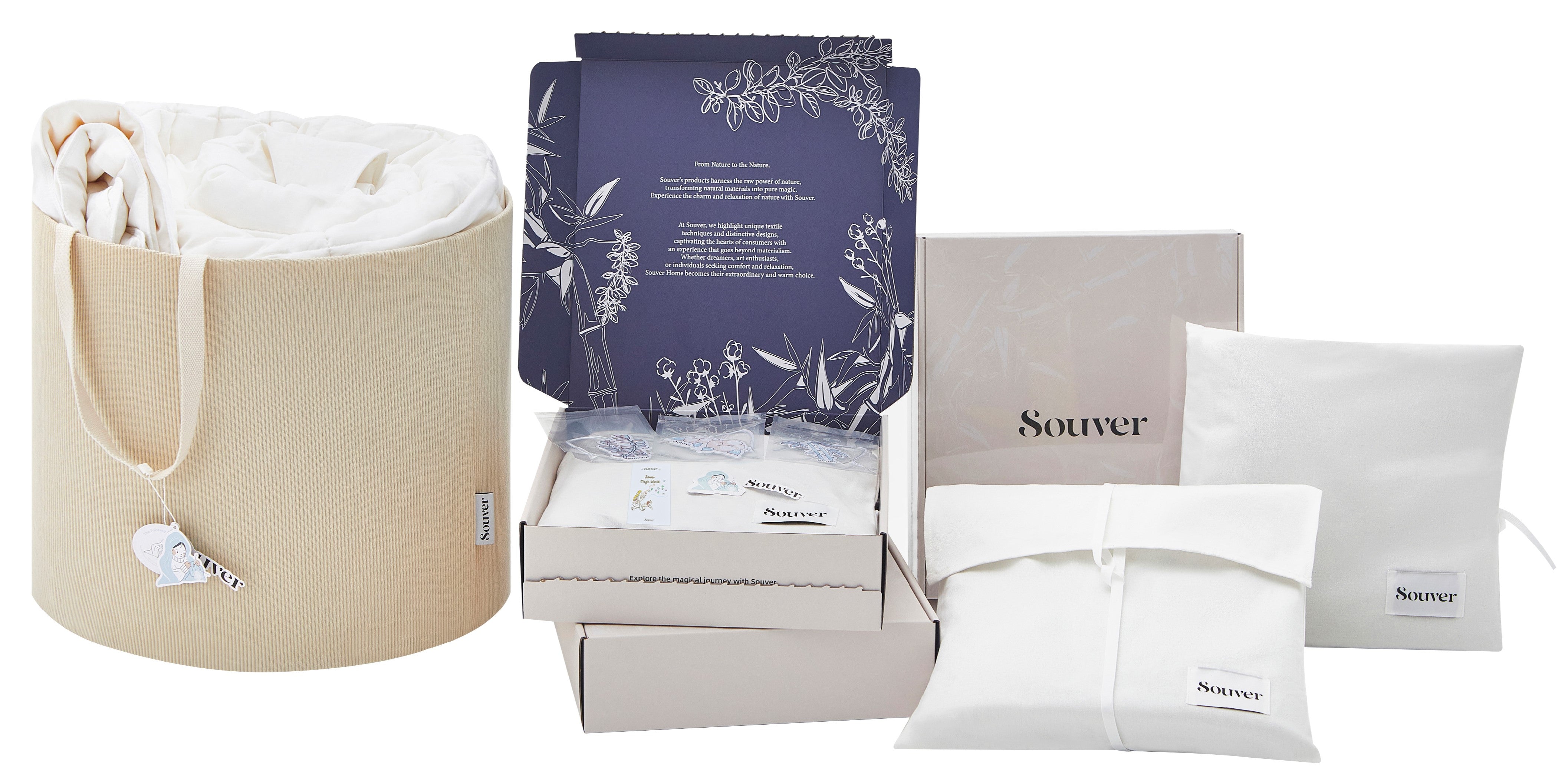
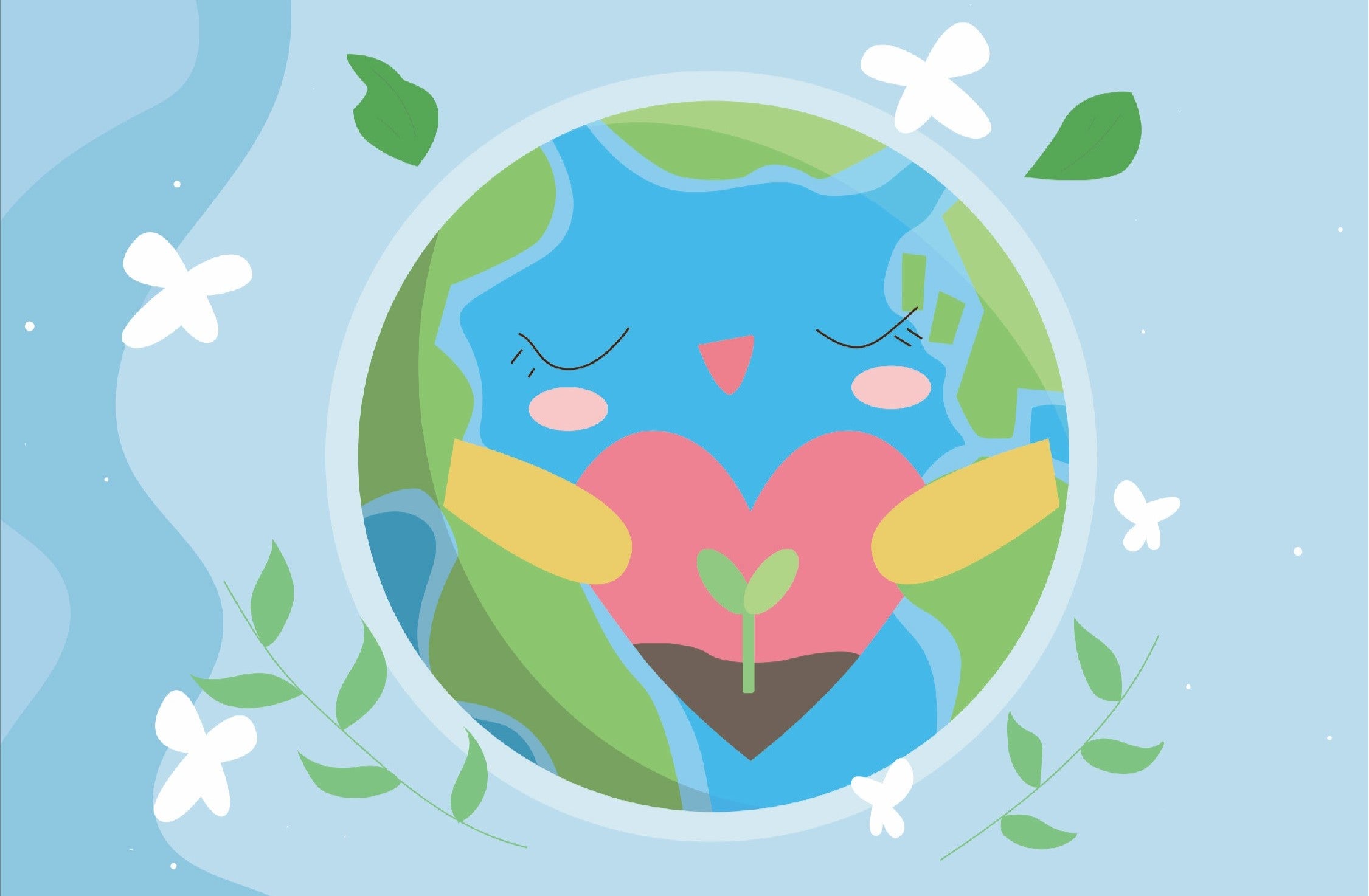

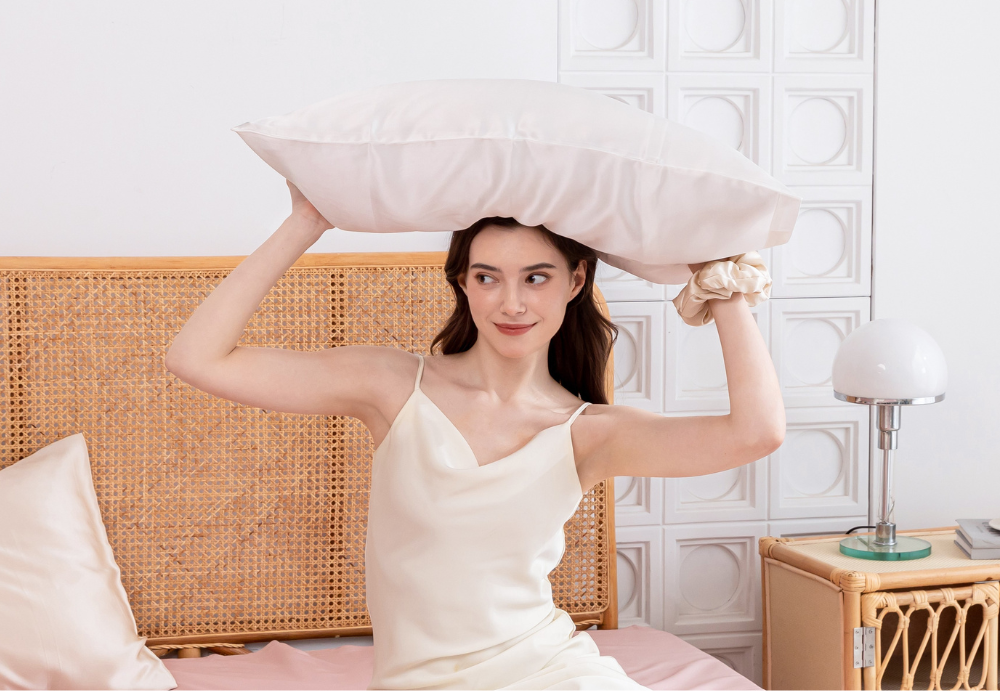
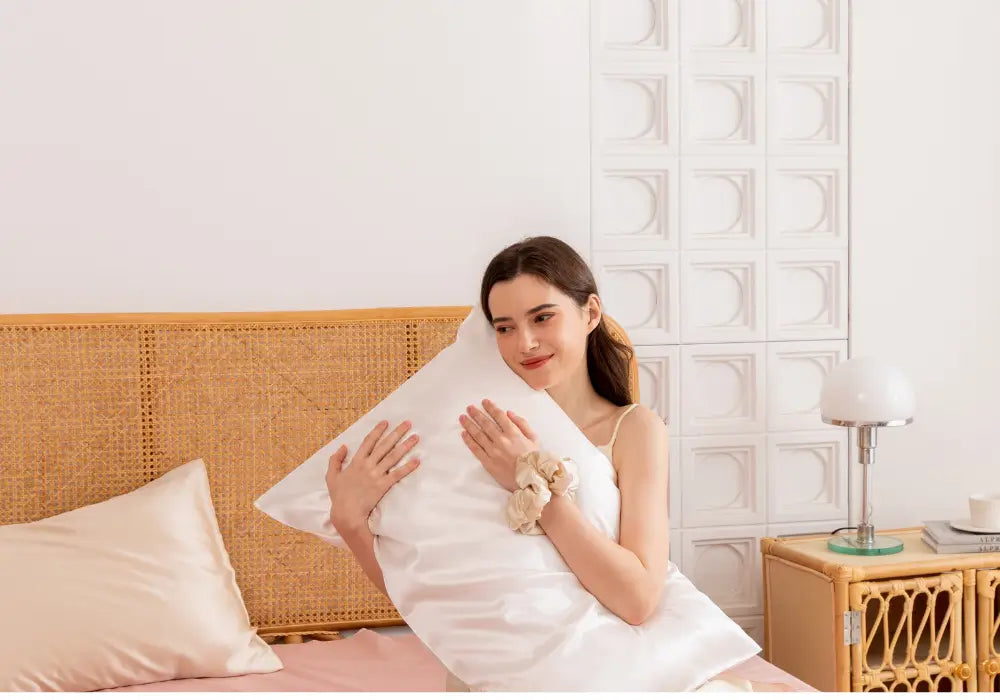
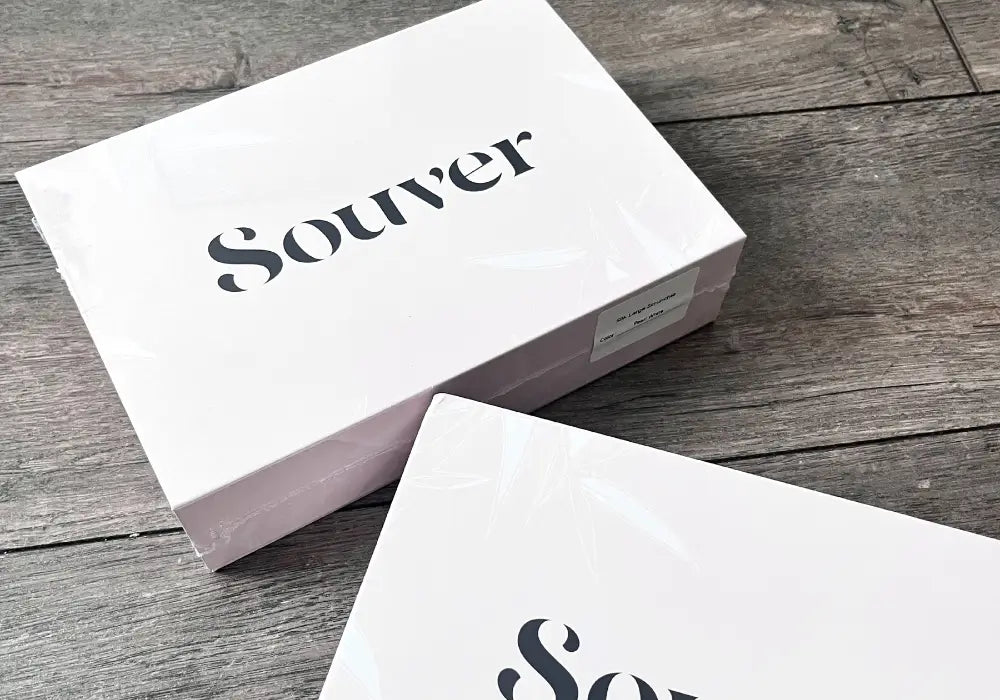
留言
此網站已受到 hCaptcha 保護,且適用 hCaptcha 隱私政策以及服務條款。